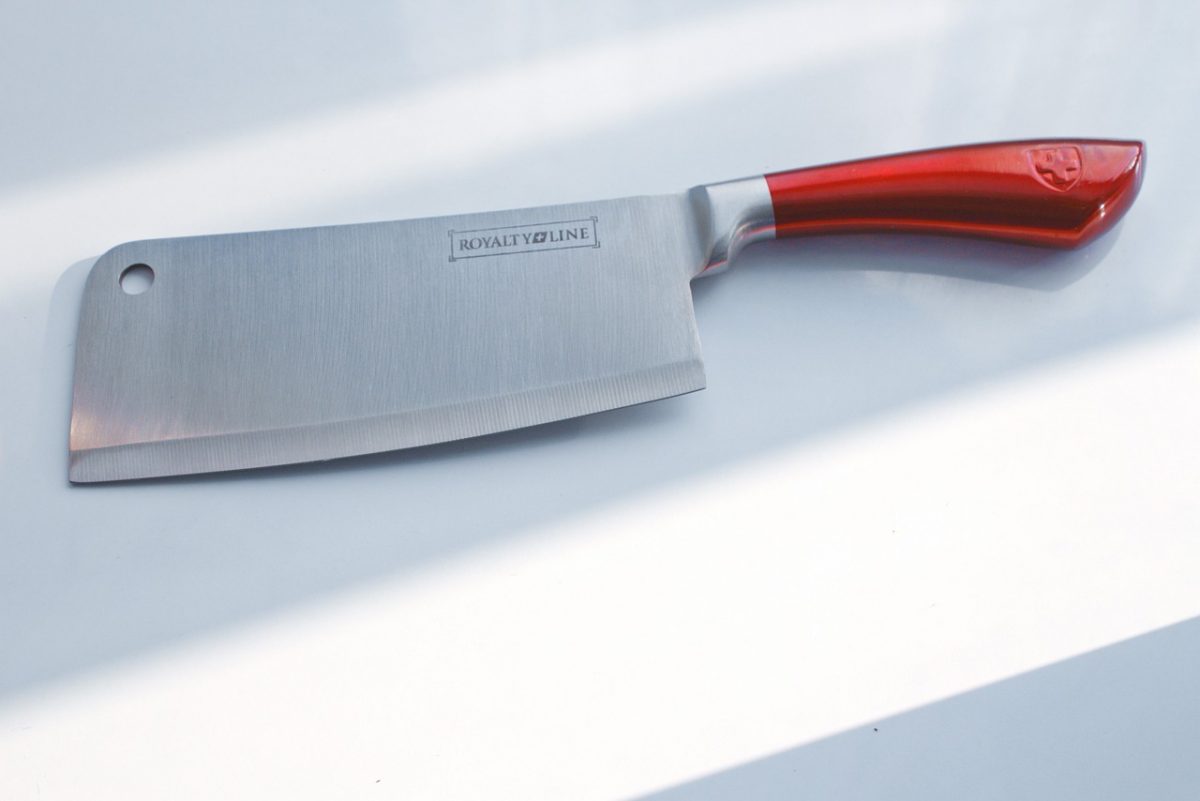When compared to stainless steel, carbon steel knives are sharper, easier to sharpen, and are great at maintaining a sharp edge. One downside of these knives, however, is that they require more maintenance than stainless steel knives and are prone to rust if they’re not maintained properly.
Over time, steel will change color as it oxidizes and reacts with the moisture and air around it. You’ll often see steel knives take on shades of blue, grey, and black. This is normal and is called a patina. Patina is good for your knife and actually helps your knife in its battle against rust. It’s a natural protective layer on carbon steels that protects the blade from oxidation and gives it a rough look. If your knife starts turning red, yellow, or orange, then your knife is rusting, and you’ll need to clean it as soon as possible.
To prevent rusting, it’s recommended that you wash and dry your knife after every use. Another way to help keep your knife rust free is to apply blade oil to it regularly. Blade oil helps keep off the ambient moisture in the air when your knife is in storage. Best of all, this oil doesn’t affect the performance of your knife at all when you use it to cut acidic foods.
While patina is a form of corrosion and common on knives that have aged, there are ways to force an early patina onto carbon steel to give your knife an early edge in the fight against rust.
How to force a patina on your carbon steel?
To force an early patina on your carbon steel, you’ll need to pick up the material below:
- Pre-ground instant coffee (i.e. Folgers, Nescafe, inexpensive generic store brands). The less expensive, the better.
- A coffee brewing machine to brew the instant coffee
- Something tall and slender with a cavity, such as a flower vase. XL To-Go Coffee Cups work as well
- Your carbon steel knife
- A small sponge or dish cloth
Step 1: Brew the instant coffee
Take your instant coffee and brew it. Brew the strongest pot of coffee possible, then chill it. Before we perform this process, the coffee will need to be cold.
Step 2: Submerge your blade in the coffee
Next, take your flower vase, or anything tall and skinny in general, and place the small sponge or dish cloth at the bottom. Put your knife, tip down, into the vase gently, then pour in the chilled coffee until it covers the entire length of the blade. Make sure to only submerge the blade in coffee, and not the handle. Leave the knife in the coffee for at least 6-8 hours. Overnight is ideal, however knives left in the coffee for at least 24 hours will create the most striking effect.
Step 3: Remove the blade
After 6 to 24 hours have passed, remove the knife from the coffee. Wipe it down with a damp cloth and thoroughly dry it. You’ll see now that your knife has undergone an incredible transformation and features a beautiful looking patina. It’ll now also be much easier to maintain and will be much more resistant to rust than before. Despite the protective patina, also make sure to wipe down the blade after every use and keep it clean and dry always.
Step 4: Honing the knife
Coffee-induced patinas aren’t as acidic as vinegar or lemon patinas, but they’re still acidic enough to have reduced some of the polish on your cutting edge. You should always hone and strop before the last (optional) step.
Step 5: (Optional)
Coffee has a strong smell, and as the blade has been left in coffee for up to 24 hours, you’ll want to get rid of some of that smell. To do this, we recommend cutting up yellow onions which will help pull out some of the coffee fragrance.
While forcing a patina helps your knife in its battle against rust, be mindful that it will permanently alter the look of your knife, including the finish. If you like the way your knife looks now, we’d suggest letting the patina form naturally over time.

